How to Clean Up After a Flood
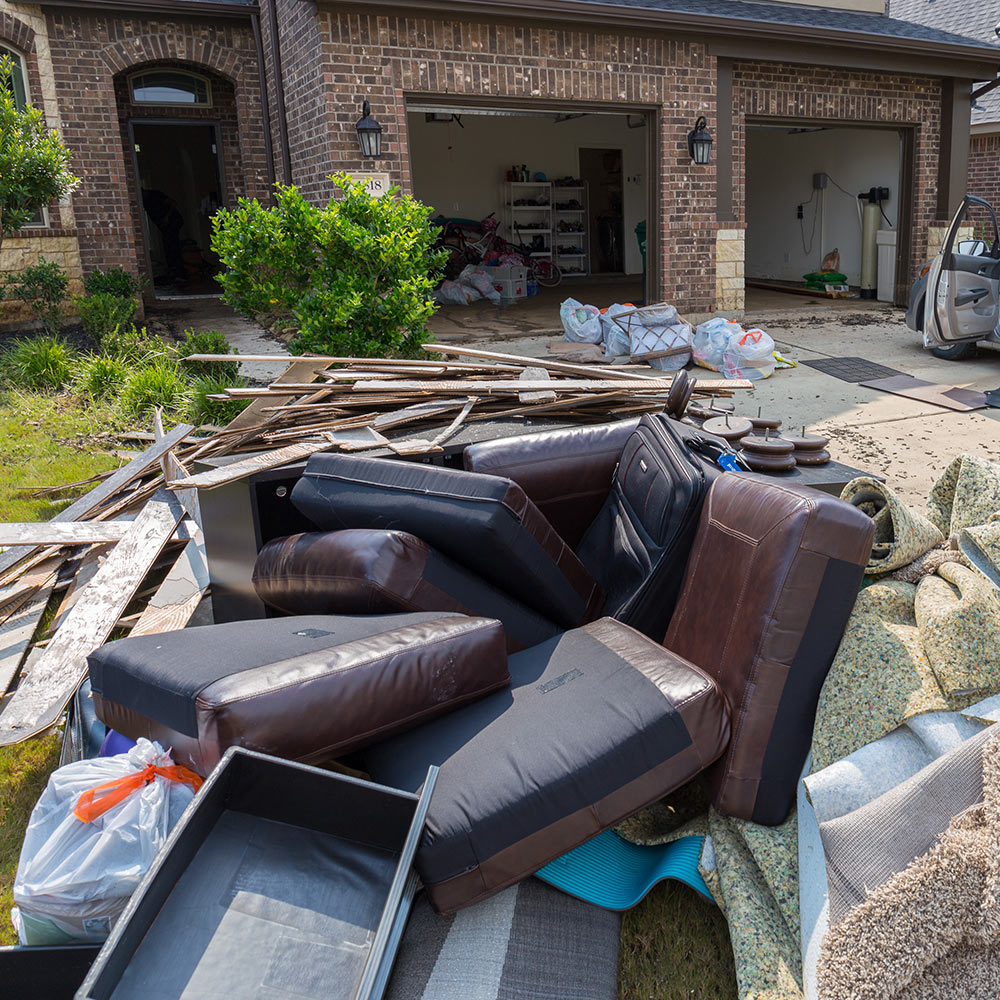
Published September 5, 2023
Whether caused by heavy rain, a river spilling out of its banks or storm surge flooding, water can cause substantial damage that requires significant and prompt cleanup.
This guide gives tips for conducting a safe assessment of flood damage and will teach you what is involved with how to clean up after a flood to prevent further damage to the property.
Note: Only return to an evacuated area affected by flooding after local authorities advise that it is safe to do so.
Difficulty:
Beginner
Duration:
Over 1 day
Table of Contents
Initial Inspection and Safety
Remove Contents to Discard or Salvage
Clean the Floors
Clean the Walls
Clean the Basement
Initial Inspection and Safety
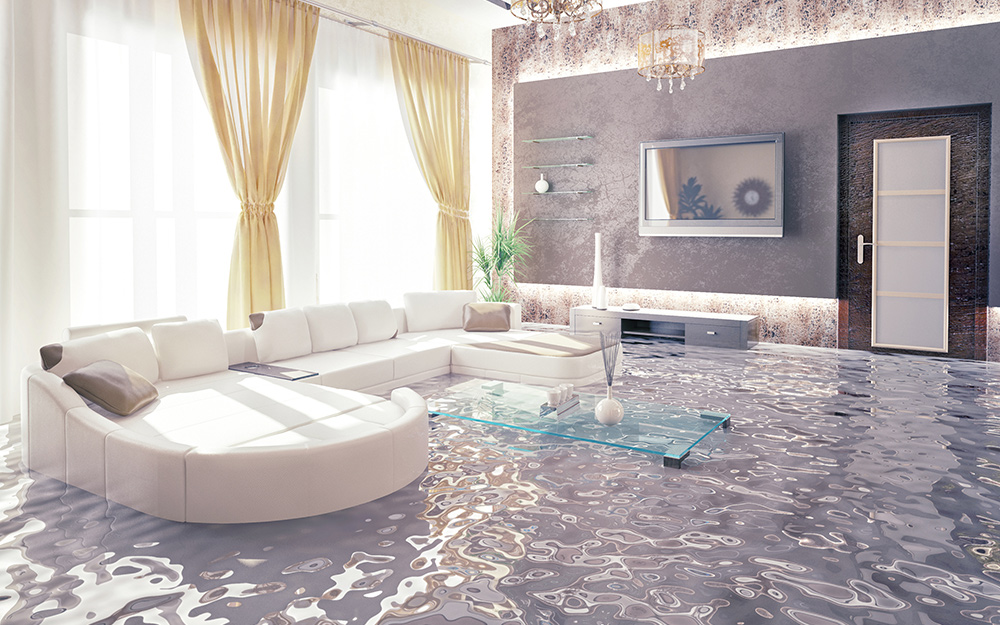
Homes affected by floodwater are hazardous sites. Assume that the water is contaminated.
- Notify your insurance company of the disaster.
- Do not step in puddles or standing water if power lines are down outside your home.
- Examine the home exterior before entering. Foundation cracks or other visible structural damage can indicate a serious and unsafe condition inside.
- Be sure that electricity and gas service is turned off when you first return.
- Have water, gas, electric and sewer lines checked professionally at an appropriate time.
- Make a list and take pictures or video to inventory home damage, both of the structure and its contents, for insurance purposes.
- Wear protective clothing, sturdy waterproof boots, eye protection and durable rubber gloves when touching anything.
- Beware of snakes, insects and other animals that may be around or inside your home.
- Don’t force open doors. While it may be swollen from water, the door might also be providing support to the rest of the structure.
- Open windows to aid in ventilation.
- Use only battery-operated light sources.
- Never use gas-operated generators indoors.
Remove Contents to Discard or Salvage
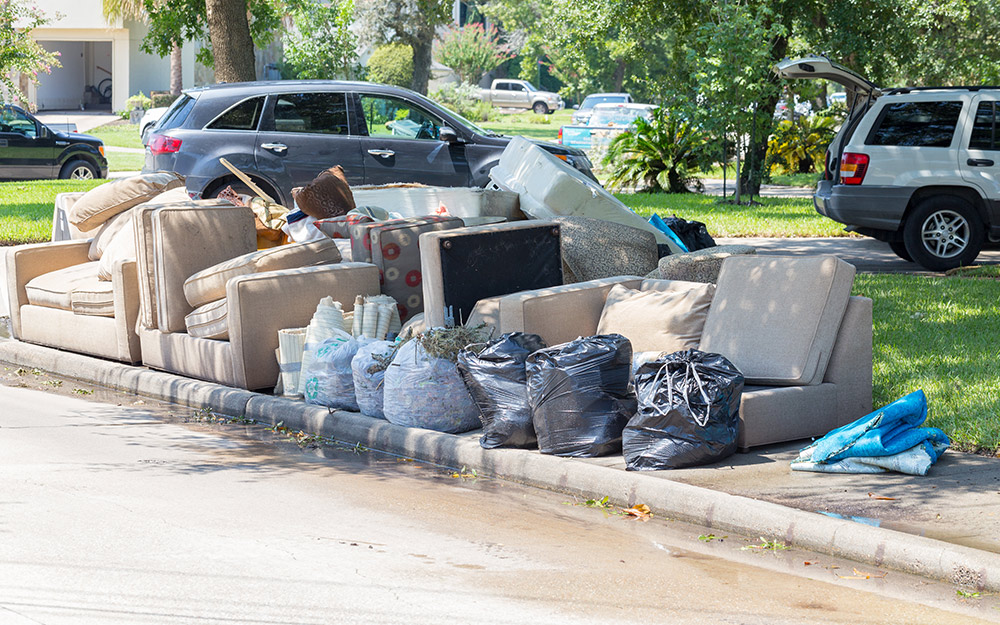
Remove all water-logged furniture, carpet and bedding from the home within 24 hours of the water receding. Long-term flooding will likely ruin most contents.
- Discarded material should be kept onsite for the insurance adjuster to see.
- Replace affected carpet and rugs because of contamination. Carpet padding should always be replaced.
- Mattresses and upholstered furniture should be discarded.
- Gas and electrical appliances that were flooded should be checked by a professional before use.
- Plastic, metal and solid wood furniture may be salvaged. Take outside to hose off mud, then clean, sanitize and let slowly dry away from direct sunlight.
- Discard all food products. Commercially sealed canned goods may be salvaged if labels are removed, the can cleaned, sanitized and relabeled with expiration date of the contents.
- Photos and important papers can be frozen within plastic bags in a frost-free freezer until there is time to thaw and clean them, perhaps by a professional.
- Removal of all furniture and other contents – both salvageable and to be discarded – allows room for cleanup of the structure.
Clean the Floors
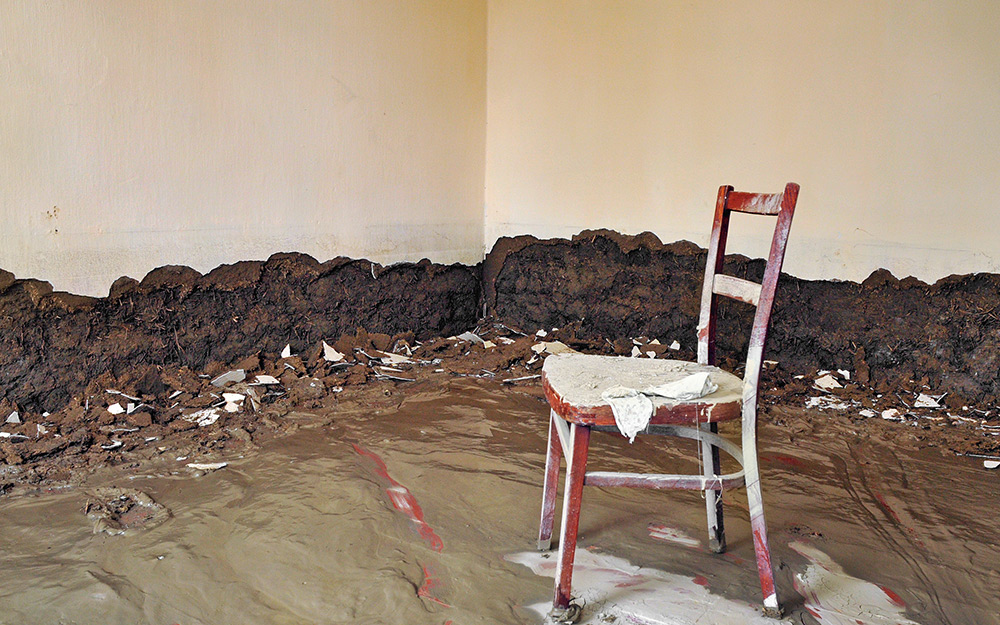
Remove mud and silt with a shovel or another appropriate tool, then use a garden hose to wash hard surfaces. Cleanup should begin as soon as the water recedes to prevent mold growth. When power is restored, use dehumidifiers and fans throughout the home to speed drying, which could take several weeks. Aggressively control mold in the weeks after the flood.
Begin drying the subfloor as quickly as possible after carpet and padding or other flooring is removed.
- Wooden subfloors will likely swell if submerged for extended periods and affected portions must be replaced.
- Wood floors generally do not fare well after being submerged in floodwater.
- Tile might be salvaged but subfloor must be checked for any water damage and dried.
Tip: In the weeks following the flood, watch carefully for any signs of mold growth. Treat it with a mold remover if necessary.
Clean the Walls
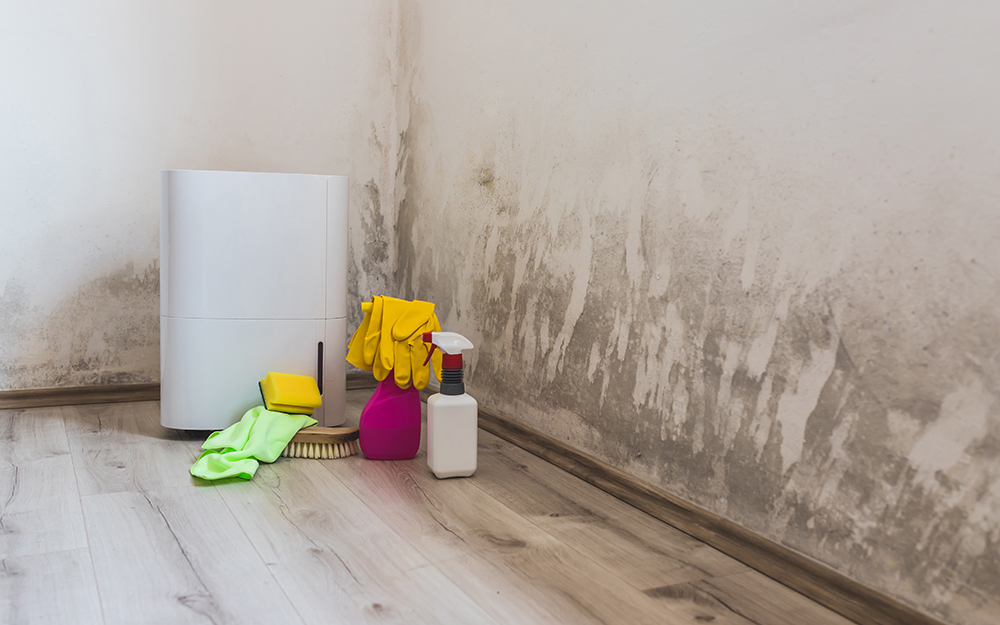
Open all flooded walls to prevent odor, slow mold growth and the decay of wall studs.
- Remove any baseboard trim.
- Remove drywall one foot above the water line.
- Consider removing a six-inch section at the ceiling level to promote airflow within the
wall. - Plaster and paneling might be saved but it is extremely important that air circulate into wall cavities to dry the area.
- All damp insulation should be removed from inside the wall.
- Remove visible mud from wall studs, clean and spray with disinfectant to control mold.
- On the exterior, brick walls will have to be pressure washed, while wood and masonite siding should possibly be replaced if it's water-damaged.
Clean the Basement

If your home has a basement, then it will likely be the first place to fill with water during a flood. Use a water pump to remove the water before drying the space. Here are some other points to consider about cleaning up a flooded basement:
- Pump out flooded basements gradually – two feet of water per day – to avoid structural damage. If the water is pumped out completely in a short period of time, pressure from water-saturated soil on the outside could cause basement walls to collapse.
- A pump or wet/dry vacuum can be purchased or rented to remove the remnants of water from the house.
- However, it is just as important to use a dehumidifier to pull the moisture from the air and woodwork behind the walls.
- Concrete is a porous material, so interior foundation walls must be cleaned, sanitized and dried.
Flooding can cause serious damage to homes and property, but there are steps that homeowners can take to begin cleaning and rebuilding after any water-related disaster. Use this guide to help you conduct a safe assessment of the situation and learn how to clean up after a flood.
For help mending other parts of your home and property, reach out to our Home Services team. Our professionals offer expert installation and repair services, so you can worry less about those major restoration details and focus getting your life back on track.























